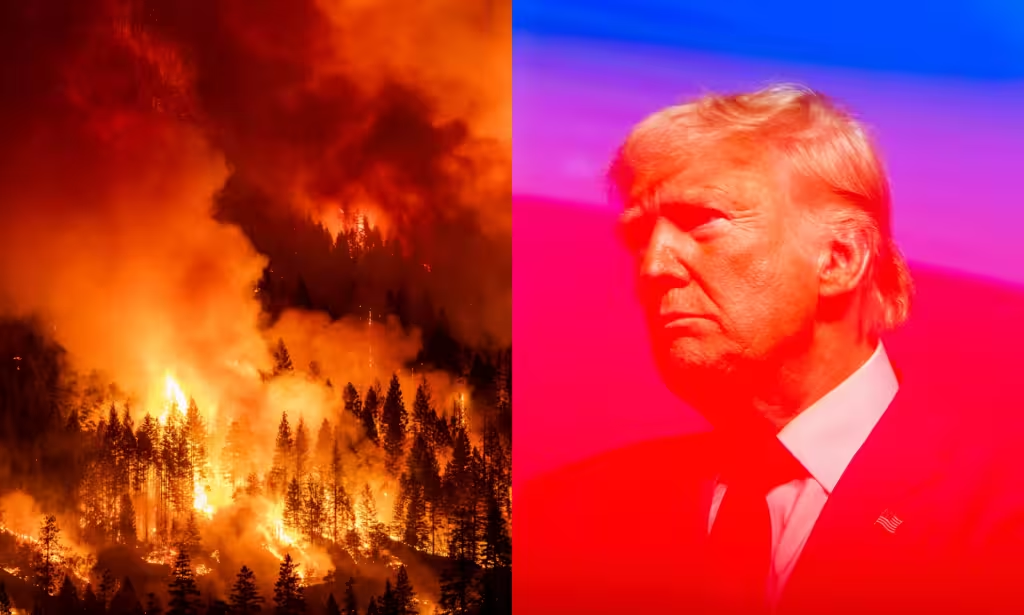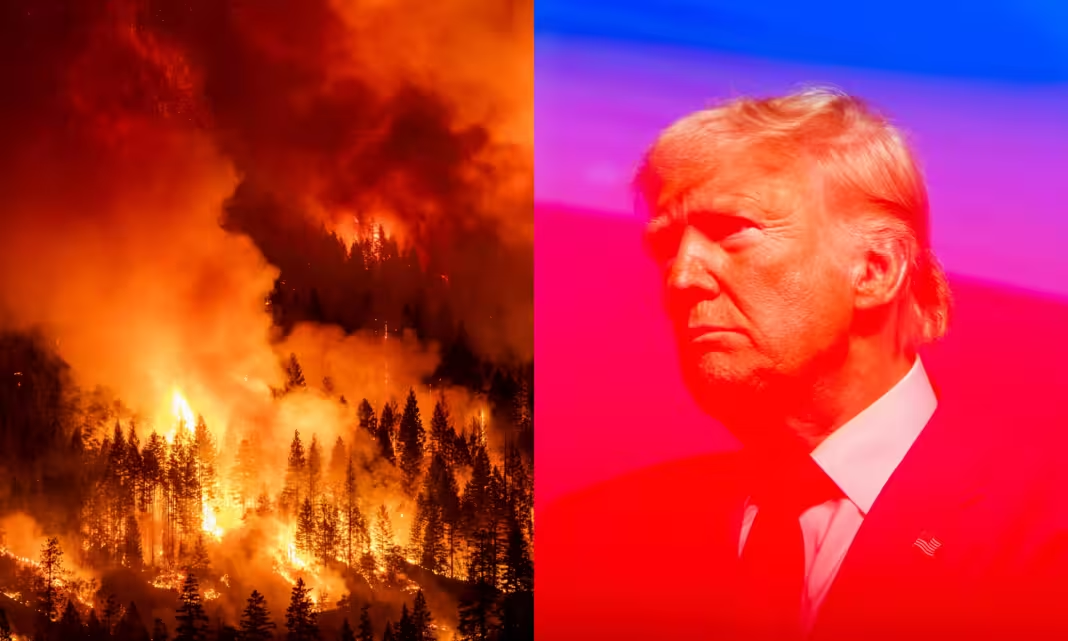The global carbon market, a critical tool in the fight against climate change, heavily depends on the participation and commitments of major nations, especially the United States. As the world’s largest economy and one of the biggest emitters of greenhouse gases, the U.S. has a significant impact on climate policies and the development of the international carbon market. If Donald Trump were elected president again, it could greatly affect this market, influencing not only carbon prices but also the commitments and actions of other nations.

1. The Role of the U.S. in the Global Carbon Market
Before delving into specific analyses, it is crucial to emphasize the significance of the U.S. in the global carbon market. The U.S. has historically been one of the leaders in promoting emissions reduction measures. Over the decades, its role has evolved from spearheading international agreements such as the Kyoto Protocol to signing the Paris Agreement in 2015 – a landmark in global climate efforts.
Under President Barack Obama, the U.S. made ambitious commitments to reducing emissions and advancing renewable energy. His Clean Power Plan set the stage for significant reductions in emissions from power plants and encouraged climate-friendly initiatives across industries.
However, changes in administration brought substantial shifts in U.S. climate strategy. During Donald Trump’s presidency from 2017 to 2021, the U.S. withdrew from the Paris Agreement and implemented policies that promoted the fossil fuel industry. This undermined the U.S.’s leadership role in global climate commitments and affected the global carbon market. The absence of the U.S. in major international agreements raised concerns about the sustainability and effectiveness of global emissions reduction efforts.
2. Trump’s Past Climate Policies
During his first term, Trump eased emissions regulations, emphasizing that strict climate policies would harm the U.S. economy. His actions included reversing Obama’s Clean Power Plan and pushing for oil and gas extraction projects, even in protected areas. These changes increased domestic emissions and negatively impacted the U.S.’s reputation as a climate leader.
The U.S. withdrawal from the Paris Agreement in 2017 was the pinnacle of Trump’s anti-climate policy. This move weakened international cooperation and complicated efforts for other countries to maintain their commitments without the participation of one of the largest emitters. Nevertheless, during this period, some states like California continued to sustain and expand state-level carbon markets, such as the Cap-and-Trade program, contributing to a patchwork of climate policies within the U.S.
3. Trump’s Expected Climate and Energy Policies
In his current campaign, Trump continues to pledge a return to fossil fuel-based energy policies and the removal of regulations that he views as economic hindrances. He may further roll back climate regulations and emphasize the use of traditional energy sources such as oil and gas. Trump has often highlighted that energy independence for the U.S. is crucial, and this focus may shift the country’s policies away from emission reduction.
Such policies could dampen the motivation of major investors and corporations to develop renewable and environmentally friendly projects. As a result, the demand for carbon credits and market-driven emissions reduction initiatives may decrease, impacting the stability and growth of the carbon market.
4. Impact on Global Carbon Markets
4.1. Decline in Effectiveness of International Commitments
As one of the world’s largest emitters, U.S. participation in climate agreements is vital. If Trump were elected and pursued anti-climate policies, the carbon market could face weakened momentum from other nations. Developing countries could be most affected, as they often rely on the leadership and support of developed nations to implement emissions reduction projects.
A reduction in U.S. commitments could also erode trust in international agreements. Without U.S. involvement in joint initiatives, other nations might feel less compelled to implement strict emissions reduction measures, leading to a potential cycle of stagnation in global efforts.
4.2. Impact on Carbon Prices and the Carbon Credit Market
Carbon prices could drop if Trump’s climate policies were to be implemented. As emissions increase and emissions reduction regulations become more lenient, demand for carbon credits and market mechanisms for emissions reduction would diminish. This would not only devalue carbon credits but also weaken the incentive for businesses to adopt sustainable practices.
4.3. Shifts in Investment Flows
During a Trump presidency, investment flows might shift sharply from sustainable projects to traditional industries. This would affect the international carbon market, particularly in countries looking to expand their domestic carbon programs. Investors may become less interested in carbon credit projects and emissions reduction initiatives, reducing opportunities for developing climate-friendly ventures.
5. International Response and Alternative Solutions
Despite the significant impact of U.S. withdrawal or reduced commitments, the international community has started to develop countermeasures to lessen dependence on the U.S. The European Union (EU) has implemented initiatives like the Carbon Border Adjustment Mechanism (CBAM), ensuring that imported goods meet similar carbon emission standards as those produced domestically. This is an effort to protect domestic markets and encourage other countries to reduce emissions.
Beyond the EU, major developing nations like China and India have accelerated the development of their own domestic carbon markets. While these markets are not yet sufficient to fully replace the influence of the U.S., they contribute to a more diverse and resilient global carbon market.
6. The Future of the Carbon Market if Trump is Reelected
If Trump is reelected, the global carbon market will face multiple challenges. However, other nations might continue to bolster their commitments and explore new approaches to maintain momentum in emissions reduction. In the worst-case scenario, the market could experience a decline in prices and attractiveness of carbon credit projects. Yet, with the resilience of international partners and support from businesses and non-governmental organizations, the market could find ways to evolve and thrive, potentially becoming less reliant on U.S. policies.
Conclusion
A second term for Donald Trump as president could introduce significant uncertainty for the global carbon market. His policies may weaken the U.S.’s role in climate commitments, affecting carbon prices, investment flows, and international trust. However, if other nations and international coalitions maintain and expand their commitments, the carbon market might adapt and explore new growth pathways. The global carbon market’s resilience will hinge on collective international action and innovative strategies to counter potential setbacks.






